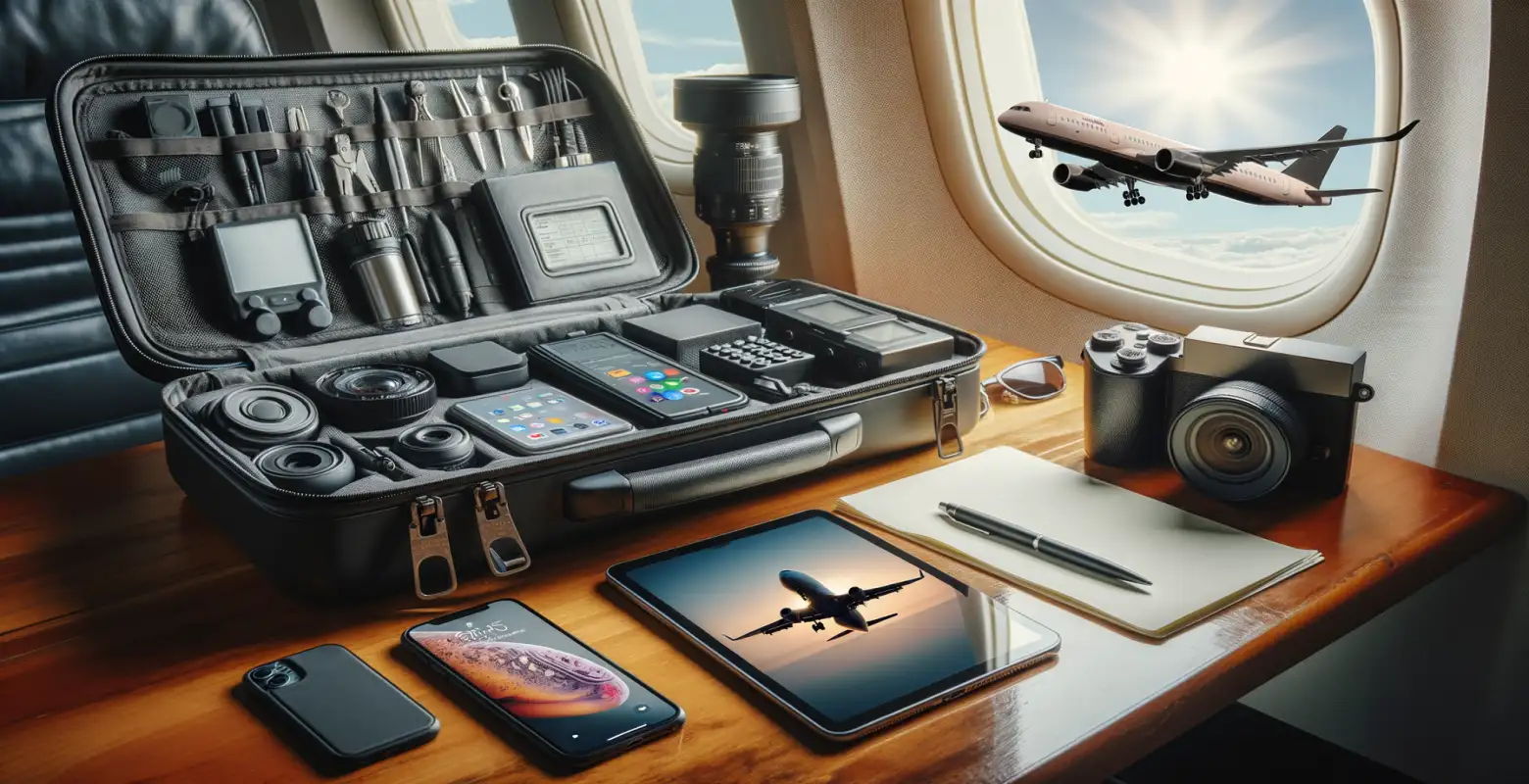New rules regarding the transportation of electronics on airplanes
Introduction
The new rules regarding the transportation of electronics on airplanes is a topic that arouses interest among both travelers and professionals in the aviation industry. In the era of dynamic technological development, more and more people are carrying various electronic devices with them, from laptops and tablets to smartphones and e-readers. Changes in regulations can therefore affect the comfort of travel and the safety of passengers. In this post, we will discuss what new rules have been introduced, why they are important, and what consequences they may bring.
Changes in regulations regarding the transportation of electronics
In recent years, we have witnessed a growing interest in aviation security issues, especially in the context of transporting electronic devices. In 2023, a series of new regulations were introduced aimed at increasing safety on airplane flights. One of the key aspects of these changes is the limitation of carrying electronic devices in carry-on baggage on certain international routes.
The new rules for the transportation of electronic devices include, among others, the necessity of bringing larger devices, such as laptops and tablets, in checked baggage on some flights. This particularly applies to routes to and from countries with heightened security risks. Passengers are also required to subject their devices to additional checks during check-in.
Historical background and reasons for the changes
Increased restrictions on the transportation of electronics have their roots in past events that have shown that electronic devices can be used for unlawful purposes. I will mention incidents where attempts were made to smuggle explosive materials in laptops. In response to these threats, international bodies such as the International Civil Aviation Organization (ICAO) have taken actions to increase the level of security.
The technical aspects of the new regulations include the introduction of advanced scanning technologies that allow for a more precise analysis of the carried devices. This enables the detection of potential threats without the need for physical inspection of each device.
Challenges related to the new regulations
However, the introduction of new regulations is not without challenges. Firstly, there is a concern that the requirement to transport electronics in checked baggage may lead to loss or damage of the equipment. It is important to remember that checked baggage is less secure than carry-on baggage, and the risk of theft or mechanical damage is higher.
Another challenge is the need for airlines to adapt to the new requirements. This requires not only investment in modern scanning technologies but also adequate training of personnel. For passengers, this often means longer check-in times and the need to plan their travels further in advance.
Benefits of the introduced changes
Despite the challenges, the new rules also bring a number of benefits. Above all, increased safety on airplane flights is a priority that cannot be overstated. The introduction of advanced monitoring technologies allows for faster and more precise detection of potential threats.
An additional advantage is the ability to use modern technological solutions that minimize inconveniences for passengers. For example, some airports have implemented systems that allow passengers to pre-submit data about their devices, speeding up the check-in process.
Trends and the future of electronic transportation in aviation
Looking ahead, we can expect further development of technologies related to aviation security. Innovations such as artificial intelligence and real-time data analysis may soon become standard in baggage control.
In the longer term, airlines may also consider introducing new rules regarding the transportation of electronics that are more flexible and tailored to the changing needs of passengers. It is important for regulations to be both effective and passenger-friendly.
Summary
The new rules regarding the transportation of electronics on airplanes are a response to the growing challenges related to aviation security. Although they introduce some difficulties for passengers, their main goal is to ensure a higher level of protection on airplane flights. It is important for passengers to be aware of these changes and adjust their travel plans to avoid unnecessary complications.
We encourage you to keep track of current regulations and to use the modern solutions offered by airlines and airports that can facilitate the check-in process. Safety is a priority, so it is valuable to be well-informed and prepared for travel.






Number of comments: 0